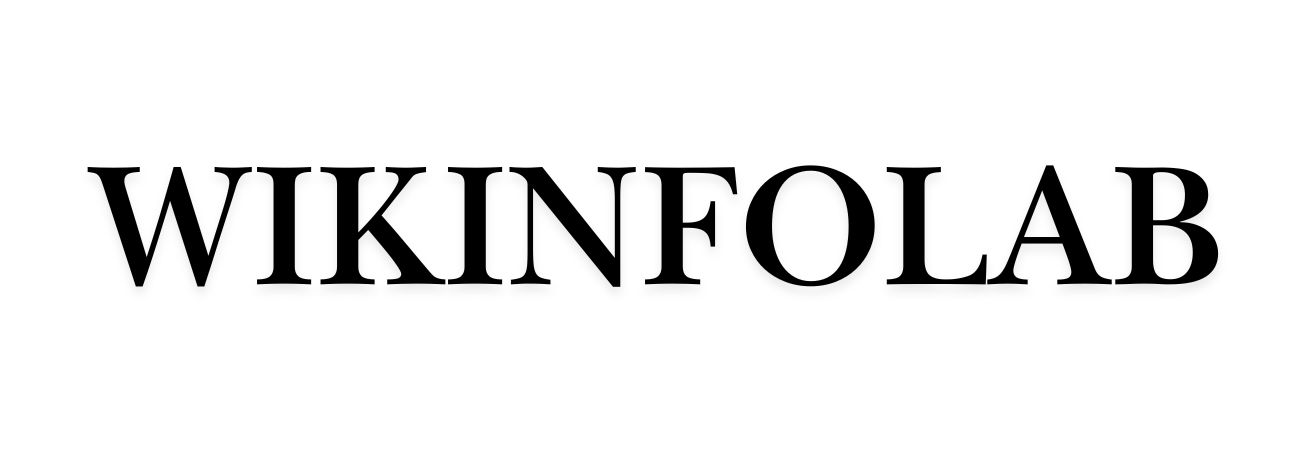Introduction to Cremation
Cremation has become an increasingly popular choice for end-of-life arrangements, offering a range of benefits and considerations for families. Understanding the process and implications of cremation can help individuals make informed decisions that align with their personal beliefs and practical needs. This article aims to provide a comprehensive overview of what to expect and consider when choosing cremation.
As society evolves, so do our customs and practices surrounding death and memorialization. Cremation, once a less common choice, is now embraced by many for its affordability, environmental considerations, and flexibility in memorial options. However, it is essential to understand the process and weigh the emotional and practical aspects before making a decision.
The Cremation Process
The cremation process involves several steps, each designed to ensure the respectful and efficient handling of the deceased. Initially, the body is prepared and placed in a suitable container, which is then moved to the cremation chamber. The chamber, often referred to as a retort, is heated to temperatures ranging from 1400 to 1800 degrees Fahrenheit, reducing the body to bone fragments over several hours.
After the cremation is complete, the remains are allowed to cool before they are processed into a finer consistency, commonly referred to as ashes. These ashes are then placed in an urn or another container chosen by the family. The entire process is conducted with dignity and care, adhering to strict legal and ethical standards.
Choosing cremation offers several options for memorialization. Families can opt for traditional services before the cremation, or a memorial service after. Additionally, ashes can be kept in an urn, scattered in a meaningful location, or even transformed into keepsakes, providing a personalized tribute to the deceased.
Considerations When Choosing Cremation
When deciding on cremation, there are several factors to consider. One of the primary considerations is cost. Cremation is often more affordable than traditional burial, as it eliminates the need for a casket, grave plot, and headstone. This financial aspect can be a significant factor for many families.
Environmental impact is another consideration. Cremation is generally seen as more environmentally friendly than burial, as it does not require land use or the chemicals involved in embalming. However, it does involve energy consumption and emissions, which should be weighed against personal values and environmental concerns.
Emotional and cultural factors also play a vital role in the decision-making process. Some families may have religious or cultural beliefs that either support or oppose cremation. It’s essential to discuss these aspects with family members and spiritual advisors to ensure the decision aligns with personal and collective values.
Finally, consider the options for memorialization and how they fit with the family’s vision for honoring the deceased. Whether through scattering ashes in a beloved location or creating a permanent memorial, these choices can provide comfort and a sense of closure.
Conclusion: Making an Informed Choice
Choosing cremation is a deeply personal decision that encompasses a range of practical and emotional considerations. By understanding the cremation process and weighing the various factors involved, individuals and families can make informed choices that honor the deceased’s wishes and provide solace to those left behind. As with any significant decision, it’s crucial to take the time to reflect on personal values, financial implications, and cultural beliefs to ensure that the choice of cremation aligns with one’s overall vision for end-of-life arrangements.






